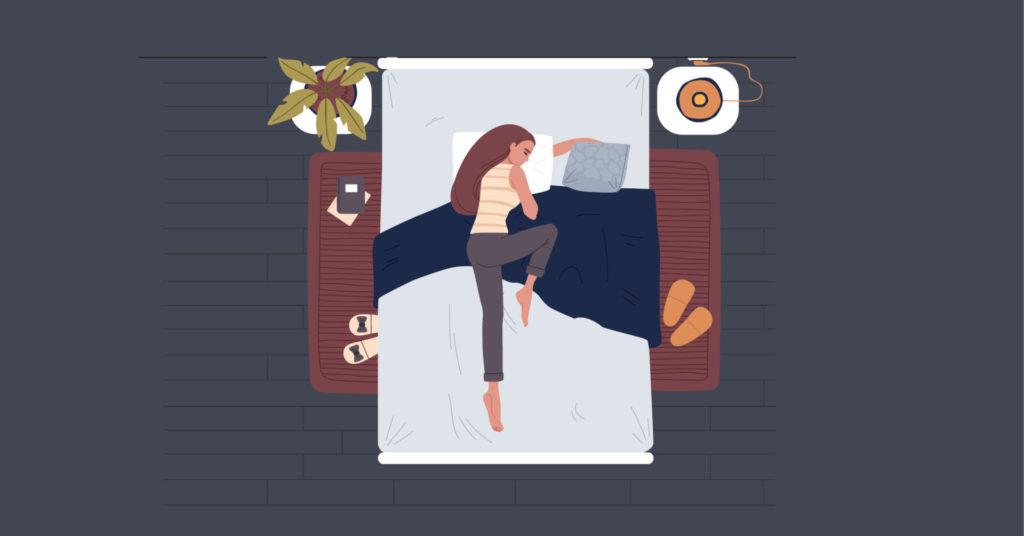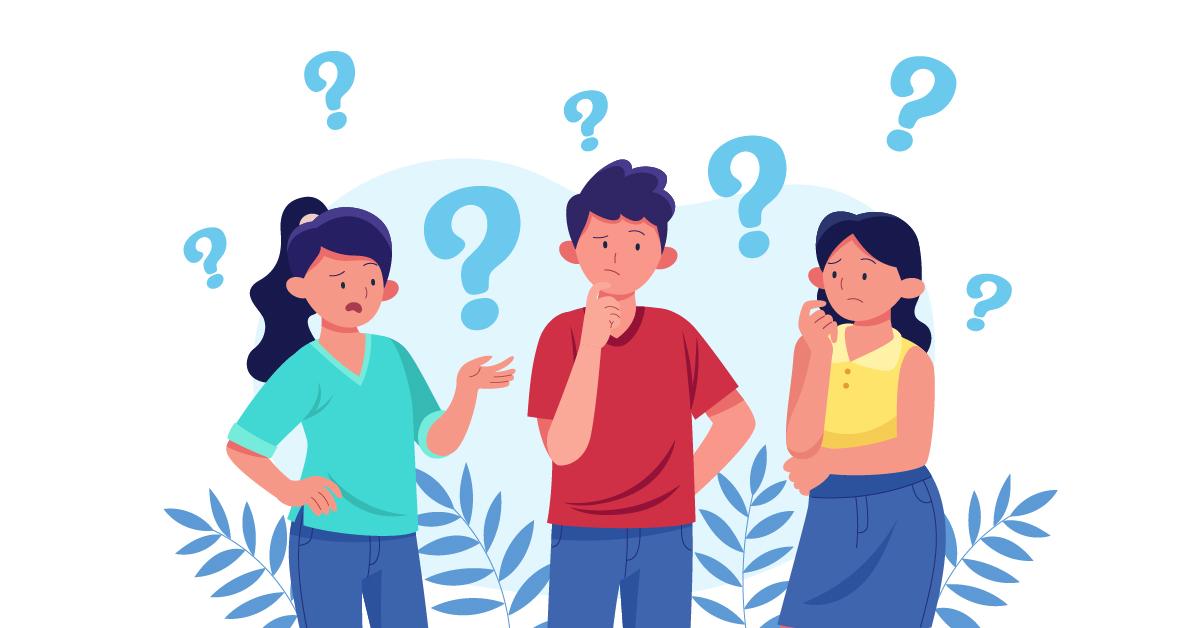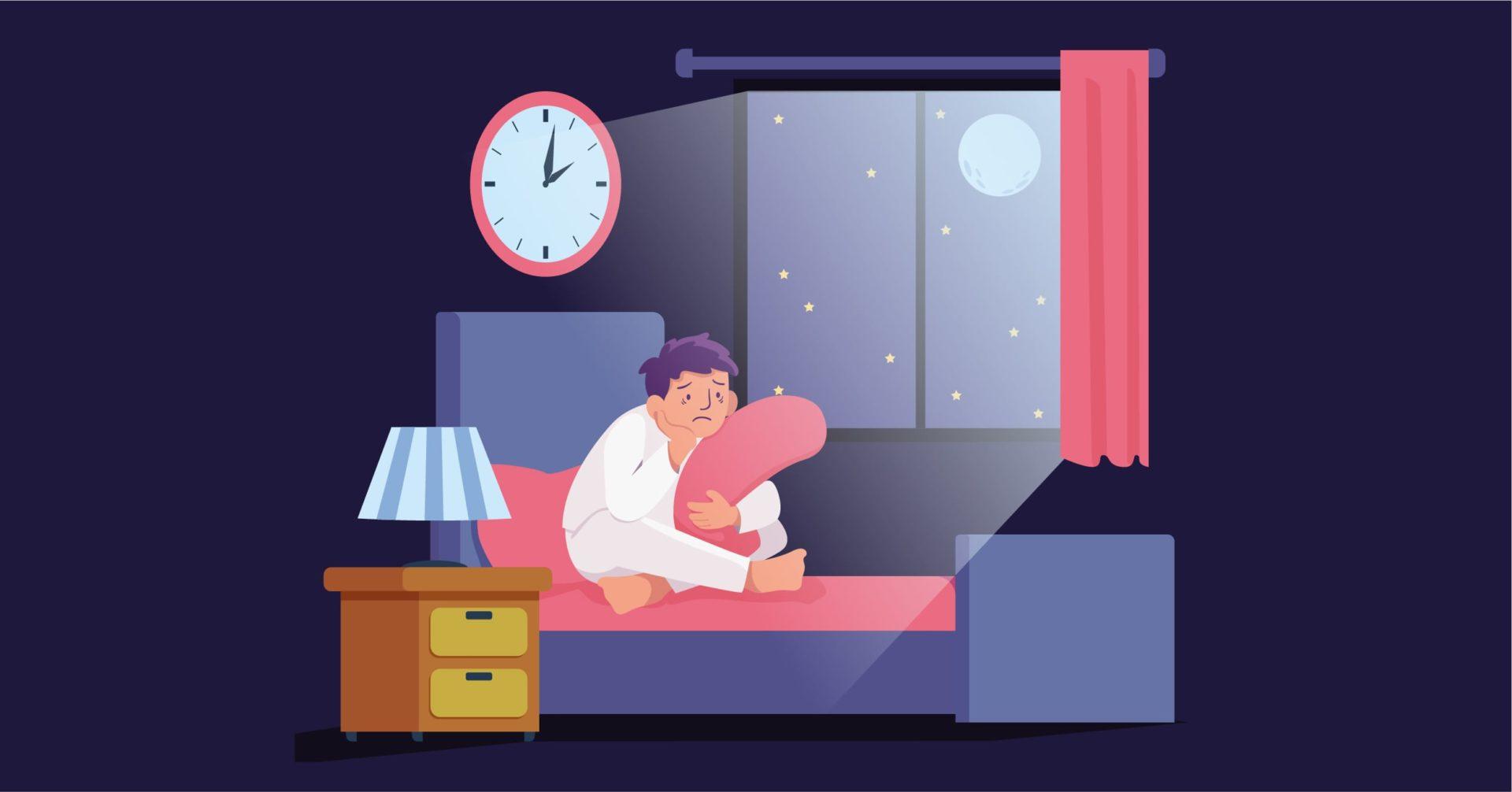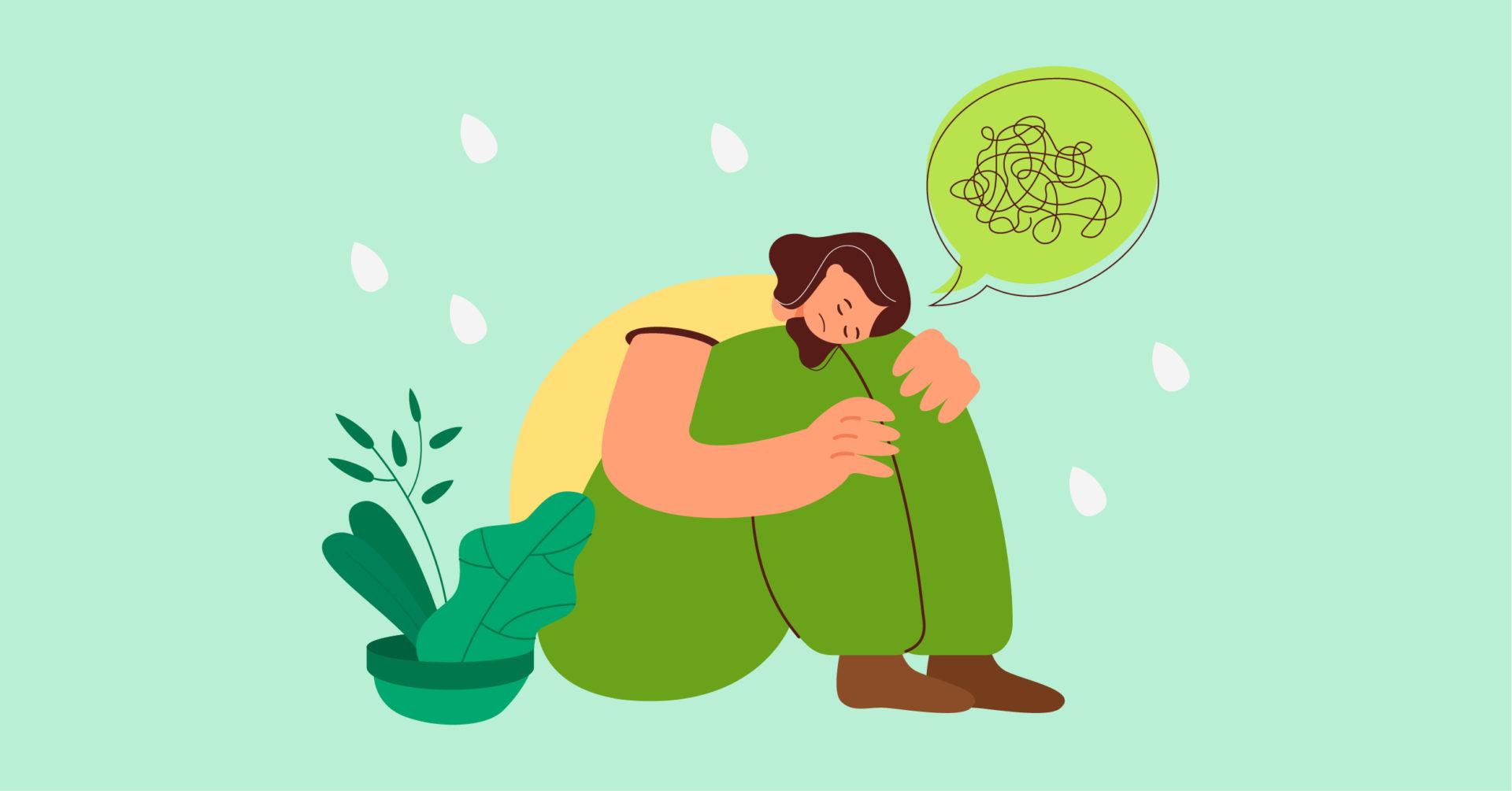Overview
Female orgasmic disorder is a sexual dysfunction characterized by a delay or absence in orgasms on almost all or all occasions of sexual activity. A diagnosis of the disorder calls for significant distress caused by the symptoms. Epidemiological data suggests that the disorder is very common, affecting between 11-41% of women across the world.
The correlates of female orgasmic disorder are multifactorial, associated with genetics, physiological and psychosocial conditions, medication, and substance use. Specialized cognitive and behavioral therapies are the mainstay in treatment for the disorder.
Signs and Symptoms
- A delay in reaching orgasm
- Being unable to experience orgasm
- Having irregular or infrequent orgasms
- Reduced intensity of orgasm, leading to unsatisfying orgasms
Risk Factors
In the prevalence of sexual disorders in women, it has been reported that orgasmic disorder is second only to hypoactive sexual desire. An estimated 10% of women do not experience an orgasm in their entire life.
There are multiple causative factors of female orgasmic disorder, including physiological, neurologic, and psychosocial contributors. There is also a likelihood of genetic and prenatal factors. Medical and psychiatric conditions such as pelvic nerve damage, multiple sclerosis, cardiovascular disease, spinal cord injuries, depression and anxiety can affect orgasmic ability. Sexual dysfunction is also common among individuals with diabetes. Vulvovaginal atrophy, characterized by vaginal dryness, itching, and pain can have some influence. Studies have also pointed out the role of vaginal anatomy in relation to orgasmic functioning.
Medication, including SSRI intake, can also be a potential correlate. Surgical procedures, namely hysterectomies and oophorectomies may precipitate the risk of the disorder.
Factors relating to the woman’s social experiences and life events, emotionality, and relationship also strongly correlate to orgasmic dysfunction. Cultural perspectives on female sexuality, familial opinions of sex, anxiety, depression, body image issues, negative thoughts about sex, relationship satisfaction, conflict, and problems with regards to desire can be considered to have influence.
It is a combination and interaction of psychosocial, physiological, and biological factors that result in the manifestation of orgasmic difficulties.
Diagnosis
Diagnostic criteria for female orgasmic disorder have been laid out to assist with clinical evaluation. There is a required presence of marked delay, infrequency or absence of orgasm or a markedly reduced intensity of orgasmic sensation experienced in 75-100% of sexual experiences lasting for at least 6 months to be able to diagnose the disorder, along with significant distress.
The DSM-5 also mentions specifiers to diagnosis on the basis of whether the disorder has been lifelong (present since the beginning of sexual activity) or acquired (following a period of relatively normal sexual experience), situational (particular to certain stimulation, partners, or situations) or generalized (present across all factors). Specifiers on the basis of distress experienced are laid out as mild, moderate, or severe.
It has been speculated the inclusion of ‘distress’ as a requirement for diagnosis may be counterproductive, considering trials revolving around women experiencing orgasmic dysfunction found that they were not likely to use the term to describe their experiences. Specifically developed diagnostic scales and interview methods may thus be better practice in accurately diagnosing female orgasmic disorder.
Treatment
In the treatment of female orgasmic disorder, it is important to determine whether the presence of symptoms is generalized or situational and address possible specific causative factors.
Specialized behavioral and cognitive psychotherapies that work on addressing issues arising from the individual emotions, thoughts and behaviors. Education about female sexuality and sexual anatomy along with directed masturbation exercises and systematic desensitization is implemented. Such methods have shown extremely high efficacy, especially in the case of lifelong orgasmic disorder. After a certain period, the partners may be included in exploring activities, though the transition from masturbation to achieving an orgasm with a partner can, in some cases, be slow and difficult.
In cases of situational anorgasmia, it is often more difficult to achieve treatment results as relationship problems or situation-specific experiences are likely involved.
Differential Diagnosis
1. Nonsexual mental disorders: Nonsexual mental disorders, such as major depressive disorder, which includes diminished interest or pleasure in all, or almost all, activities, may explain female orgasmic disorder. If the orgasmic difficulties are better explained by another mental disorder, then a diagnosis of female orgasmic disorder would not be made.
2. Substance/nfiedlcation-induced sexual dysfunction: Substance/medication use may explain the orgasmic difficulties.
3. Another medical condition: If the disorder is due to another medical condition then a diagnosis of female orgasmic disorder would not be made.
4. Interpersonal factors: If interpersonal or significant contextual factors, such as severe relationship distress, violence in romantic relationships, or other stressors, are associated with the orgasmic difficulties, then a diagnosis of female orgasmic disorder would not be made.
5. Other sexual dysfunctions: Female orgasmic disorder may occur in association with other sexual dysfunctions (e.g., female sexual interest/arousal disorder). The presence of another sexual dysfunction does not rule out a diagnosis of female orgasmic disorder.
Comorbidity
Female orgasmic disorder may have co-occurr with sexual interest/arousal difficulties and nonsexual mental disorders, such as major depressive disorder
Specialists
The expertise of a clinician is required during diagnosis in order to determine whether the orgasm experienced is necessarily less in comparison to what would be expected on the basis of variables such as age, sexual experience, and the adequacy of stimulation. Sex educators and therapists may be recommended by general practitioners to guide treatment.
In Conclusion
Orgasms and sexual arousal are intricate responses to a variety of physical, emotional, sensory, and psychological elements. Your capacity to experience an orgasm may be impacted by difficulties in any of these areas.
Women experiencing anorgasmia may have one or more related sexual disorders. These might exacerbate the issue with orgasms or contribute to it. Problems with sex arousal, little to no desire for sex, discomfort during sex or other forms of sexual stimulation, and dryness of the vagina or vulva are some of these disorders.
Sexual frustration can cause issues in day-to-day life, thus it is important to acknowledge the symptoms and consult a therapist who can help you overcome the problem.
Book your session with us today.





